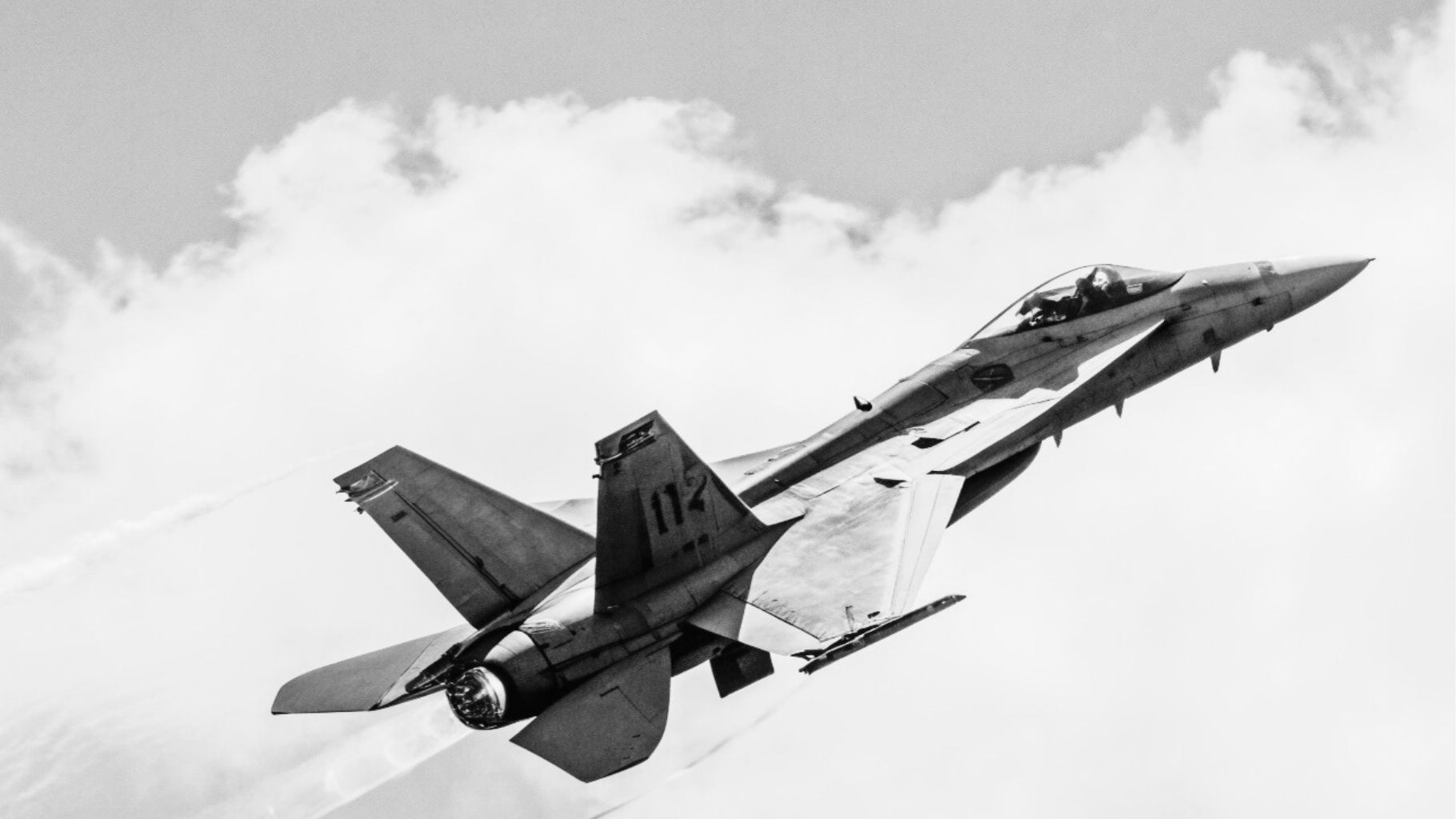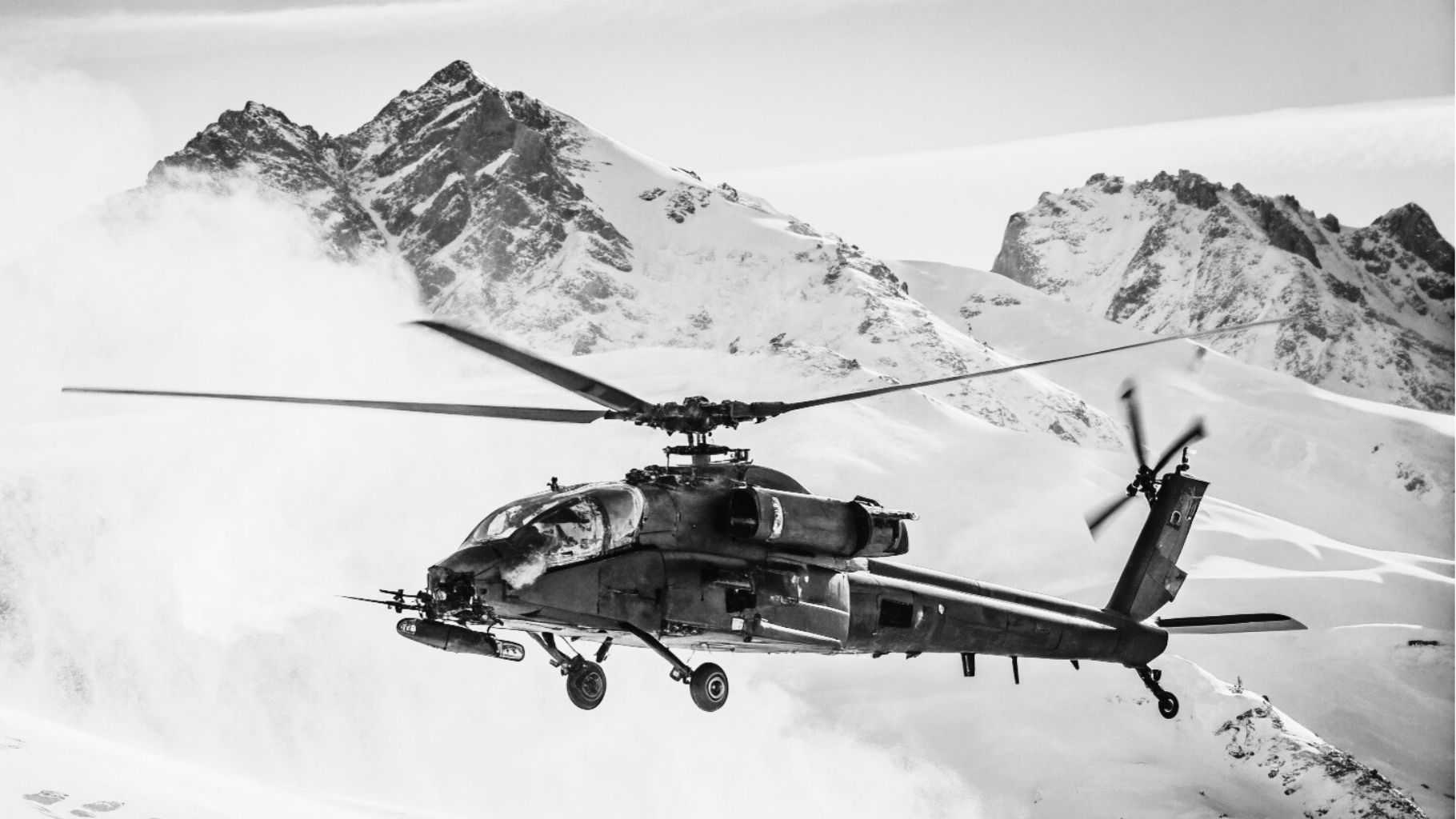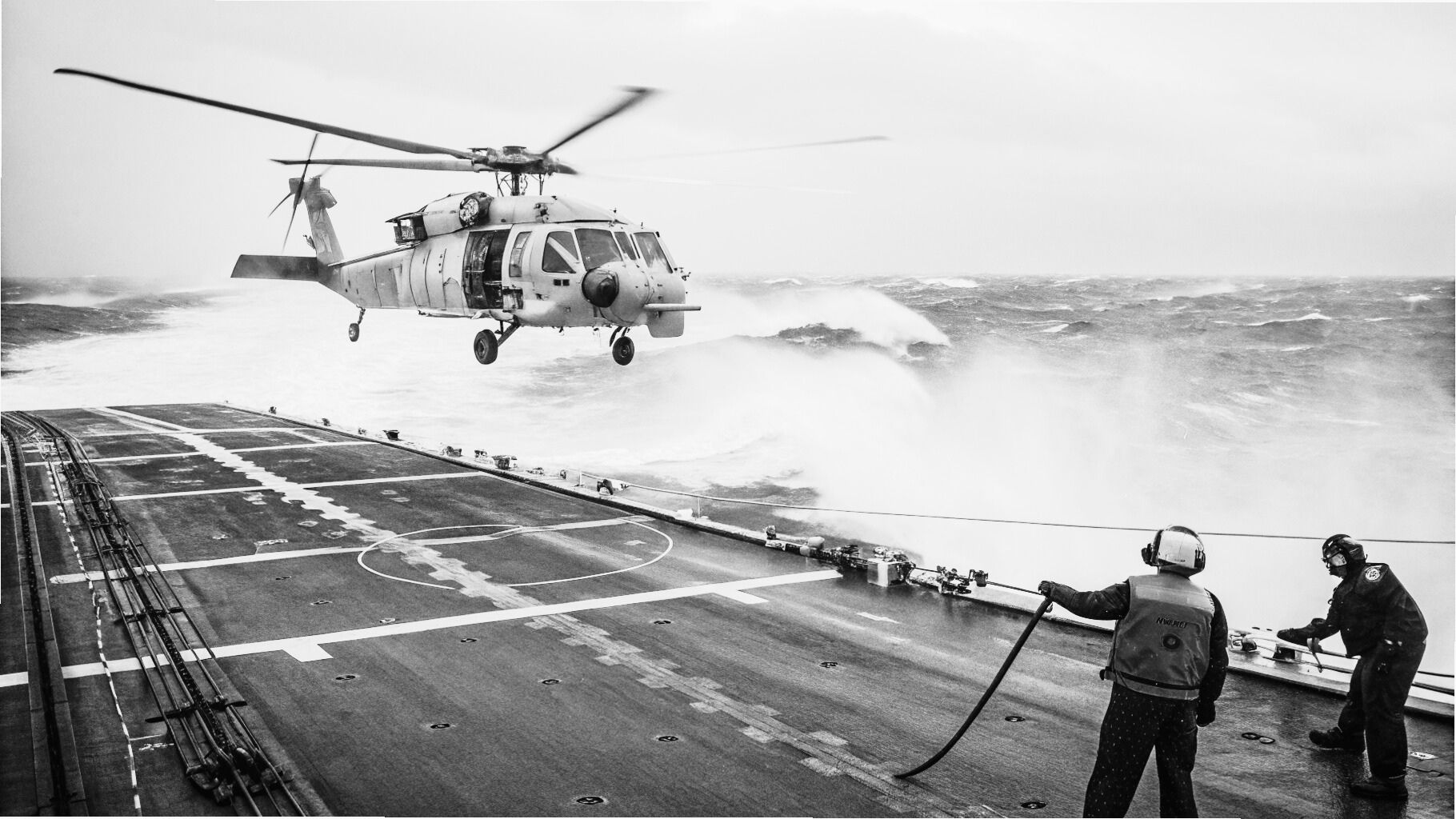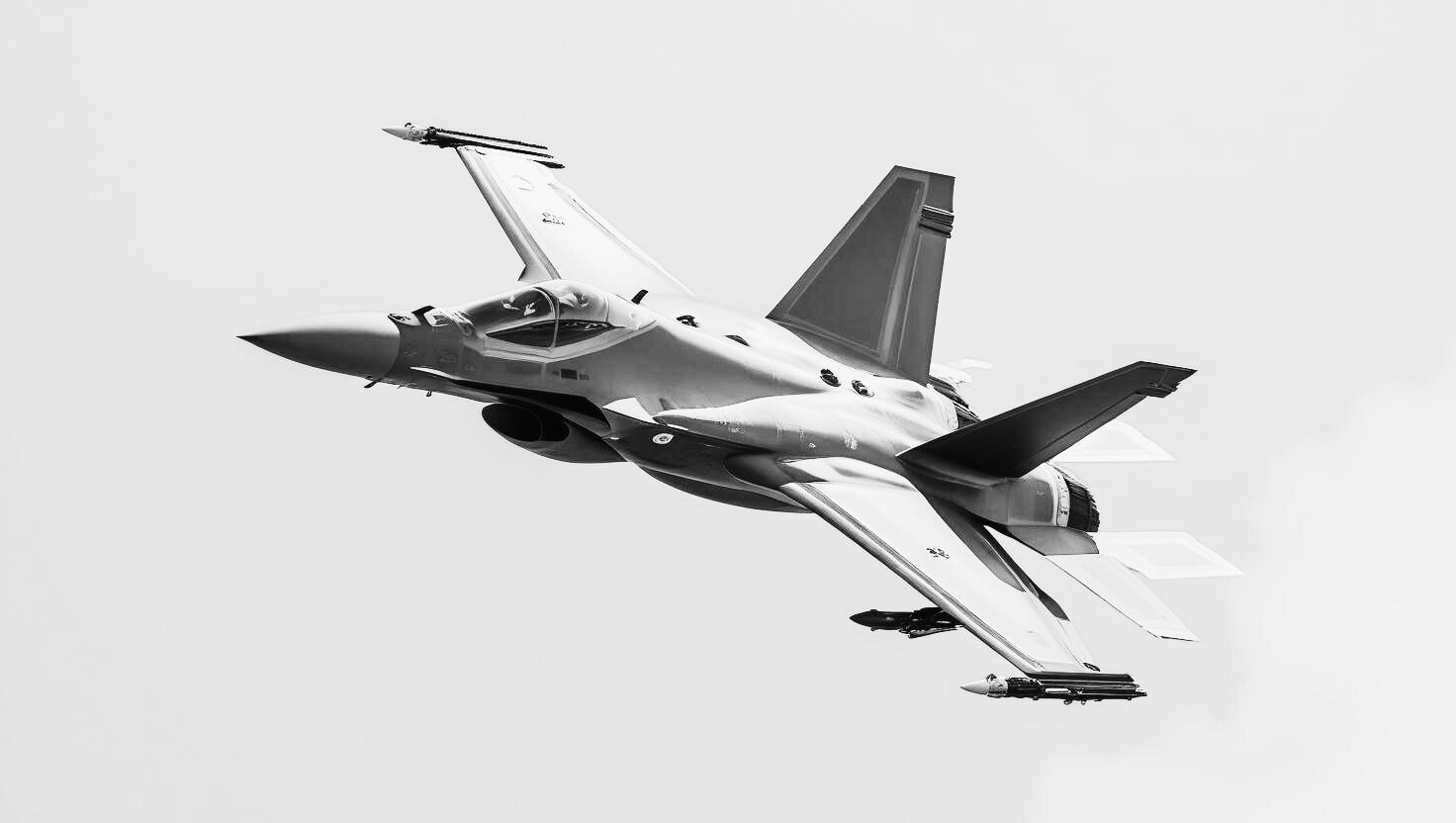
Sikorsky, a Lockheed Martin company, and CAE, a worldwide leader in training and simulation, are collaborating to provide the CAE Magnetic Anomaly Detection-Extended Role (MAD-XR) system for installation on the MH-60R SEAHAWK® helicopters operated by the U.S. Navy and Royal Australian Navy. Designed and manufactured by CAE and integrated with the helicopter’s primary mission computer by Sikorsky, this passive digital MAD sensor enhances the maritime helicopter’s ability to detect and track submarines beneath the ocean surface.
CAE’s MAD-XR system is compact and lightweight, featuring highly sensitive magnetometers and a processor/interface unit weighing less than 20 pounds (9 kg), including all necessary cabling and mounting hardware. The system notifies the crew with an audio alert when detecting an object, while a display provides contact and range information. It installs inside the MH-60R tail cone without requiring permanent airframe modifications and can be easily removed and transferred between aircraft as operational demands require.
Sikorsky, CAE, alongside the U.S. and Royal Australian Navies, collaborated to integrate, test, and optimize the MAD-XR capability. In early 2024, the U.S. Navy released new software and hardware upgrades enabling MH-60R operators to utilize the digital MAD system, part of routine biennial technology enhancements to maintain operational readiness.
In September 2024, Sikorsky secured a $21 million U.S. Navy contract—subcontracted to CAE—to deliver 20 MAD kits to the Royal Australian Navy, six to the U.S. Navy, and two for evaluation by the U.S. Navy Reserve, with deliveries to be completed by May 2026. The contract also provides options for additional U.S. Navy orders in 2025 and 2026.
Cliff Kyle, General Manager of Sikorsky Australia, hailed the Royal Australian Navy for being the first MH-60R operator to integrate this digital MAD technology into its fleet. The CAE MAD-XR sensor represents a major advancement over the previous AN/ASQ-81 sensor, which was externally mounted, weighed 90 pounds, and trailed behind the SH-60B helicopter via a cable and reel system.




